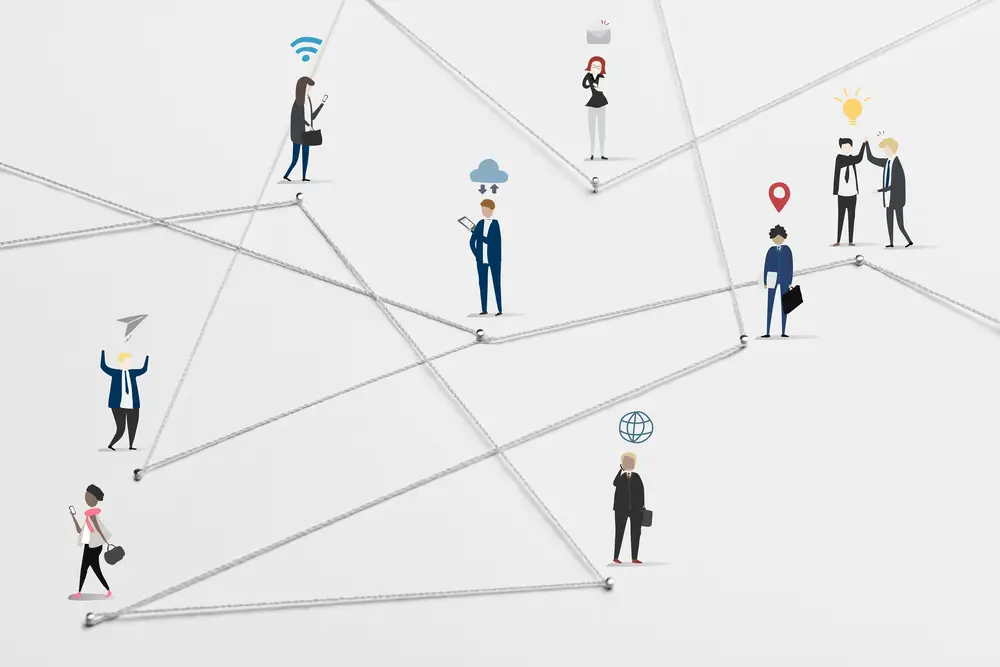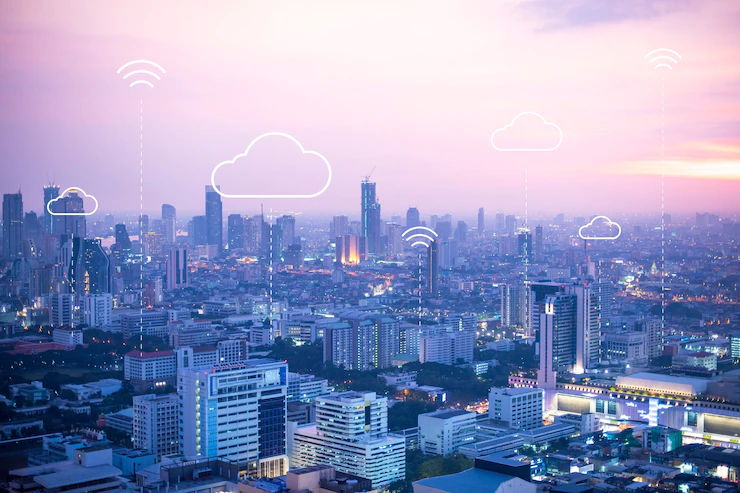How M2M Connectivity Can Change the Way Retail Stores Work?
Imagine a situation where you are looking to buy a new shirt. You are browsing online and find a shirt that meets all your requirements but you are hesitant of buying it without trying it on. So, you decide to go to the retail store for a trial.
As you walk into the store, you are unsure where the shirt is kept. You ask around but the salespeople are all too busy. You spend a lot of time searching but are unable to find the shirt you fancy the most. Contrast this with a situation where the same retail store has M2M connectivity. There is a sensor attached to every single item stored in the shop. You click on a conveniently placed ‘find shirt’ button on the e-commerce website opened on the phone, which tells you exactly on which shelf the shirt is placed.
Move Goods Fast and Prevent Loss in Retail with IoT and M2M Connectivity
IoT (Internet of Things) as a technology has evolved considerably in the last few years. With a prediction of over 30 billion IoT devices by 2020, it is high time that companies start looking at IoT and M2M connectivity as an avenue for making money. One industry that can receive the maximum benefit out of an IoT-supported endeavor is the retail industry.
Integrating M2M Connectivity in Retail Operations
Retail operations require the selling of goods procured from manufacturers and wholesalers. It is all well and good when the FMCG retail goods to be sold are non-perishable or have a substantial expiry date that allows considerable time to the reseller to bring the goods to market. The challenge increases when the goods have a short shelf life. Fast-moving consumer goods (FMCG) become so hard to sell that sometimes retailer accept to make a small loss when faced with the risk of losing all of their stock to expiration. To prevent this situation from occurring, integration of IoT and M2M connectivity in retail processes can be a great start.
Exploit IoT to the Max by Partnering with the Right Machine to Machine Connectivity Provider
Just like the example above, IoT and M2M connectivity can be used for creating out-of-the-box solutions to enhance customers’ experience while using retail store services. But this is not the only way in which IoT can make retail operations better; it has many other uses as mentioned below:
- For Condition Based Maintenance – Retail products especially FMCG products need to be kept in the right conditions e.g. under right temperature conditions for them to be usable. This can be difficult to ensure sometimes due to changing dynamics like malfunctioning humidifiers, freezers etc. However, when M2M connectivity is integrated by using sensors through the introduction of IoT tech; the task of keeping a tab on the changing dynamics becomes a whole lot easier.
- Energy Optimization – The energy used for maintaining the right conditions for retail goods can be optimized by using cutting-edge IoT solutions. IoT sensors embedded in the maintenance device can convey to the manager when there is a requirement to keep the device on and when to switch it off. This prevents waste of energy and helps in cutting down the bills.
IoT integration in retail operations is effective, safe and efficient. But to maximize its benefits, a retail operator should partner with an accomplished machine to machine connectivity provider that can provide high speed and reliable internet connectivity.



